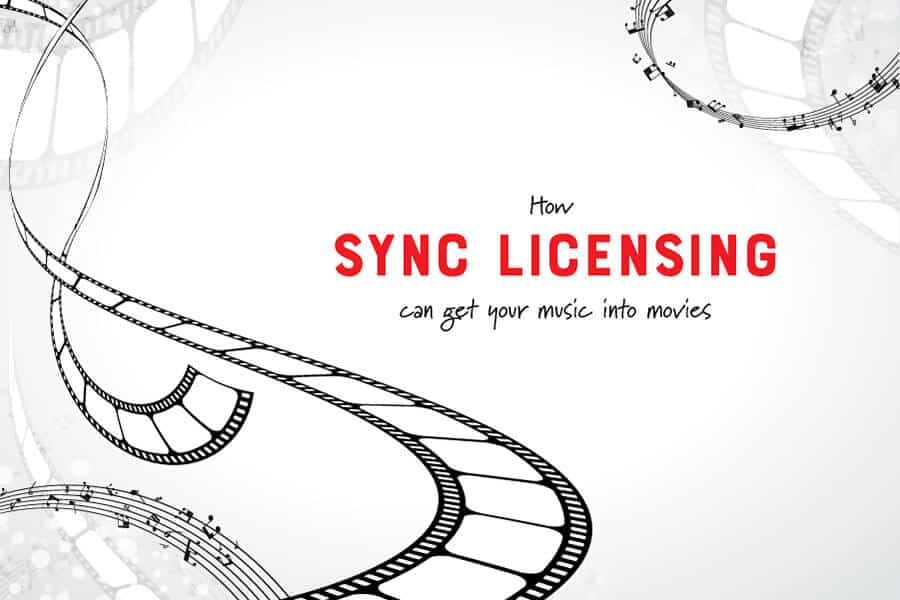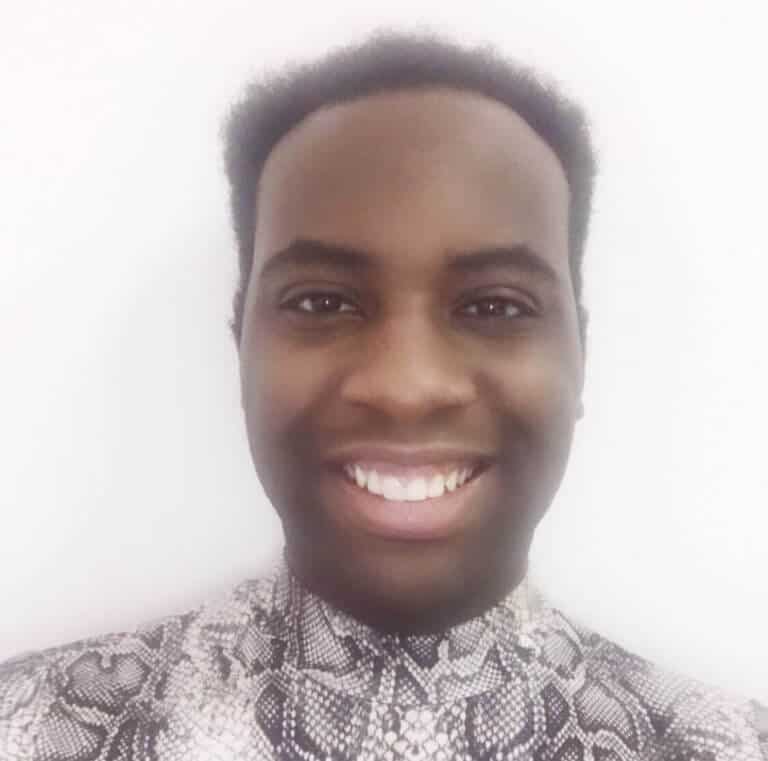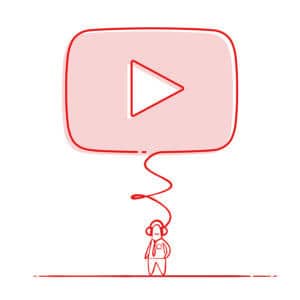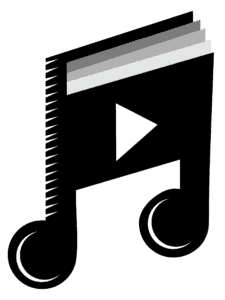For independent artists, it is a thrill to hear your music in movies, TV show, videos games and other visual media entities. However, many independent artists wonder how does it work? “Can I have my music in the next hit TV show?”
I can only imagine the feeling an artist gets when hearing their song on the big screen. That warmth and excitement a musical artist gets in what could be 30 seconds to three minutes of their musical narration, is intriguing. And there is a method to help you: sync licensing.
For a musical artist, getting their music featured in a TV show, movie, commercial and even video games not only allow their music to expand many listener’s horizons but also generates a substantial about of income.
The question that many independent artist wonders is, “How can I get my music into movies, TV, etc?” These efforts are made through the value of sync licensing.
Sync Licensing
According to Dittomusic.com, music sync licensing is the act of placing one of the artist’s songs in a YouTube video, film, video game, etc.
This music license granted by the holder of the copyrighted composition (song) allows the licensee to synchronize the song with visual media outputs.
As the holder, the artist gets paid a synchronisation free upfront and is paid through royalties, depending on how often/where the song is being played.
Artists must license their music as it can be more financially rewarding than other revenue streams for independent artists. Artists that sync license can license their music from the comfort of their home.
This is a great component due to the crazy pandemic and the growing media processing at this time.
Additionally, artists that sync licensing doesn’t negatively impact their current family life and jobs as it is easily worked on at the artist’s own pace.
The ripple effect of sync licensing shows more gain in the artist’s career than ever before. With today’s growing music streaming community, having a song in a popular movie, video game or TV show can boost plays on sites such as Spotify, Apple Music, and Pandora.
This can be used as a perfect promotional tool for music self-marketing.
Three Musical Strategies
Sync licensing seems great and doable for an artist, but the question is HOW artists can begin this successful endeavor. Three main strategies can be done for sync licensing.
In regards to the first strategy, the artist can establish a relationship with a publisher. The music publisher would obtain, negotiate and sign licensing opportunities for the artist.
This could save the artist’s effort and time as the publisher would take care of the logistics of contract and licensing information. The negative side of hiring a publisher could be the exclusivity of high-end publishers.
Artists can find themselves bound to a publisher with strict rules and restrictions which could leave the musician stuck without fully progressing in their careers.
However, artists can keep the publishing agreement reasonable without a lifetime exclusivity deal.
Artists also have the power to negotiate an advance that makes sense for them. Remember: music is their job, their baby, so they should treat it as such. Some popular music publishers are Music Gateway, Music X-Ray, and Sentric Music.
The second strategy is to place songs in music catalogs or music libraries. Many entertainment industry professionals use countless sites to find music that fits their projects.
Once the artist has set up their songs within the music libraries, income can be generated with no extra effort. However, there are so many music libraries that vary in quality, and could be overwhelming on which one to pick and how to start.
Building Relationships
To facilitate and form traffic around the artist’s music to get it in the right hands, patience and repetition are key. An artist could set a goal to upload or submit four songs to four libraries every week.
Gradual submissions on music libraries help keep the pace steady in the overwhelming music promoting world. The important part of this strategy is knowing that mistakes will be made.
Commonly, various music libraries halt services shortly after your submission. Non-exclusive and short-term exclusive deals are the way to go.
The third strategy is for the artist to build relationships themselves bypassing libraries and publishers to license their music directly to the projects of interest.
This strategy allows the artist to have control over deciding who to partner with and keep all the funds.
Relationships in the industry built this way, tend to have a stronger grip and longer collaboration cycle. However, doing it themselves is a lot of work, time, and failures.
It is important to stay focused and remain vigilant for opportunities. It is also important to study the market.
Researching the proper outlets (fashion, TV, movies, retail stores) that fit the aesthetic of the artist and their music is crucial. Similar to the second strategy, the artist must pace themselves.
Entering the market slowly and efficiently will help the artist in the long run.
An Artist’s Perspective
For me, the second and third strategy is the best options for an independent artist just starting to enter the music market. Music publishing can be tense and a bit confusing for an artist starting.
The inexperienced artist can also find themselves in deals that overall hurt their career rather than expand it.
Once the artist has created a fan base and a proper flow of music marketing, it will become apparent to begin a relationship with an experienced music publisher.
My music has generated a well-deserved buzz with 1,000 Spotify streams its first week.
However, I would not go as far as saying that option one is the next best thing. Pacing and developing a substantial flow of promoting my music is more important because putting all of my eggs in one basket can be detrimental.
I continue to create my opportunities with my music and find that with proper networking content opportunities blossom. Adding sync licensing will be just the right addition to my musical empire.
Photos: Shutterstock / Edited by: Martina Advaney
YouTube is another way to get your voice heard. Here’s how some are using that for good:
Support us!
All your donations will be used to pay the magazine’s journalists and to support the ongoing costs of maintaining the site.
Share this post
Interested in co-operating with us?
We are open to co-operation from writers and businesses alike. You can reach us on our email at [email protected]/[email protected] and we will get back to you as quick as we can.












